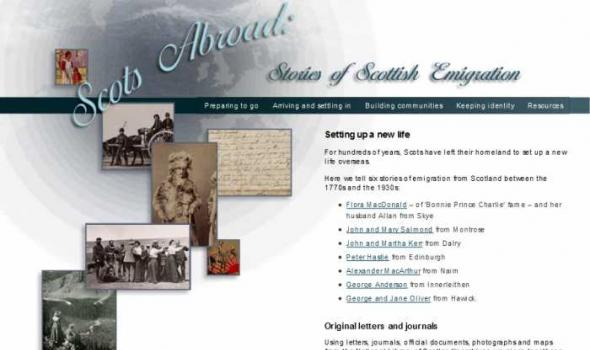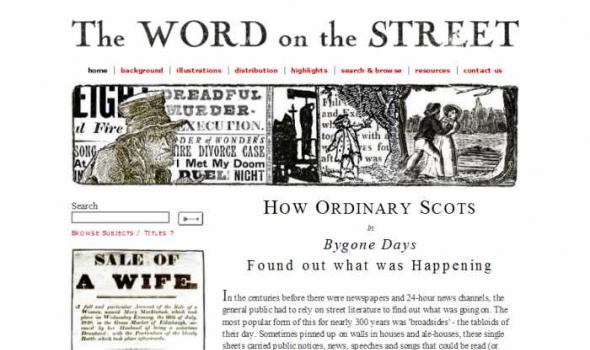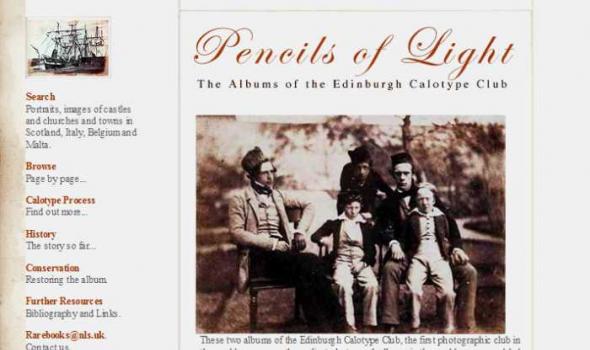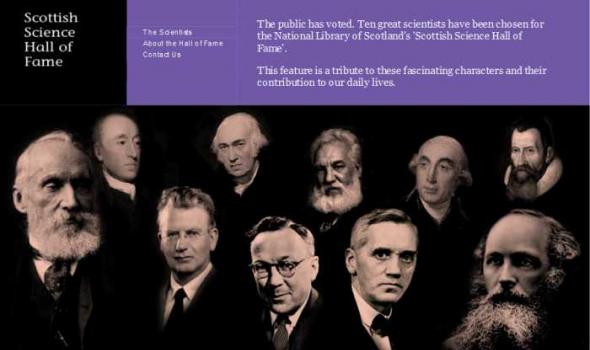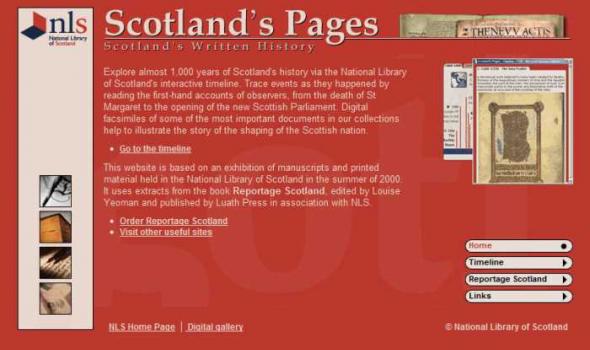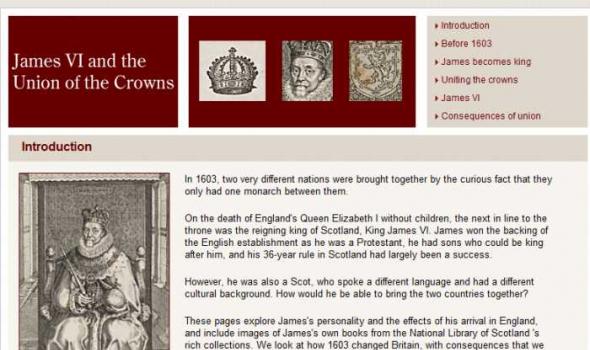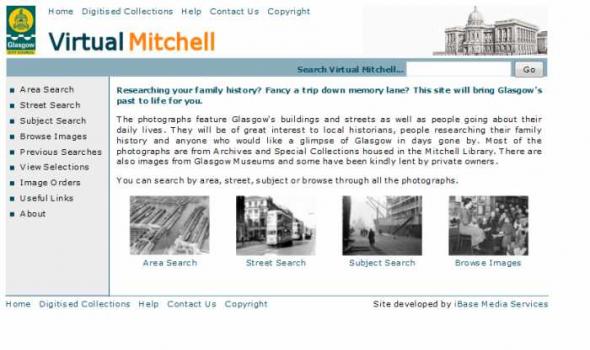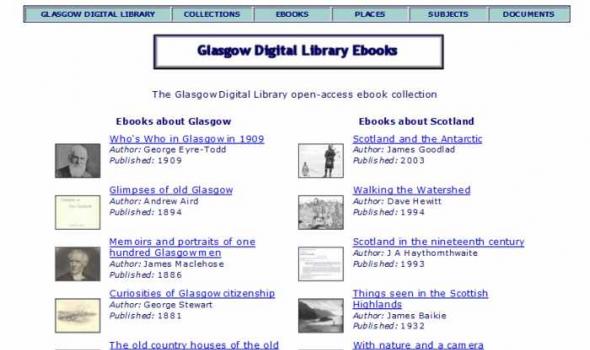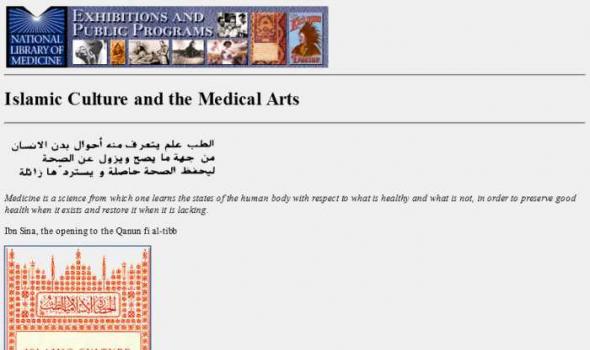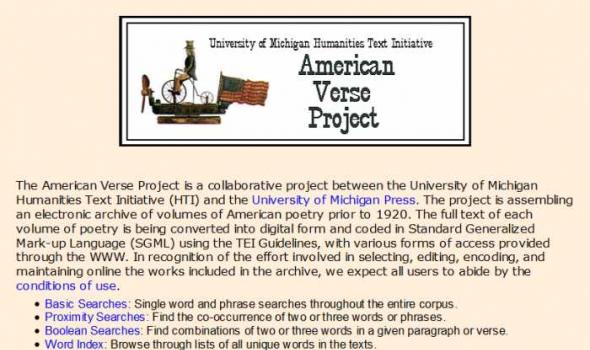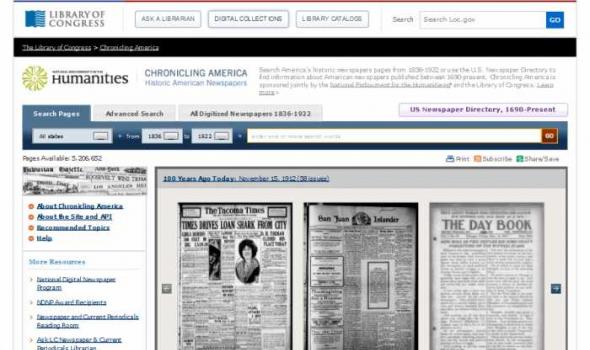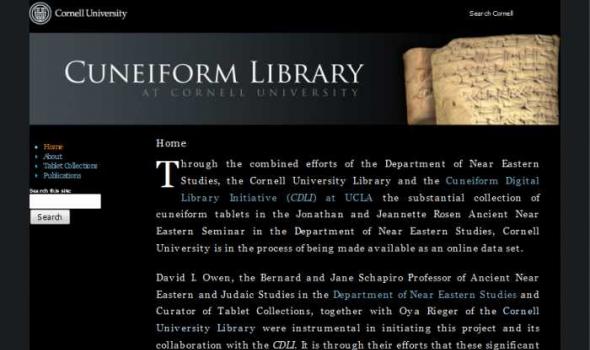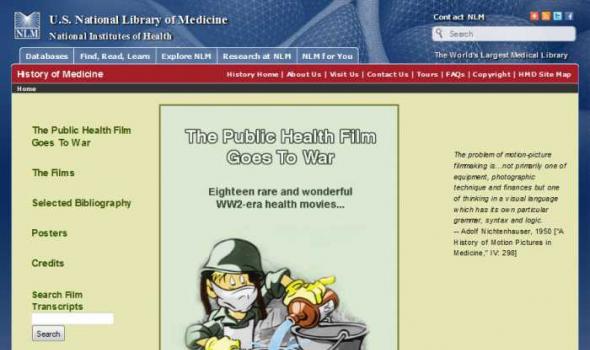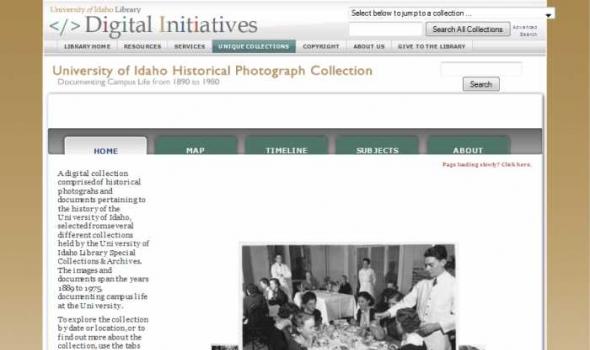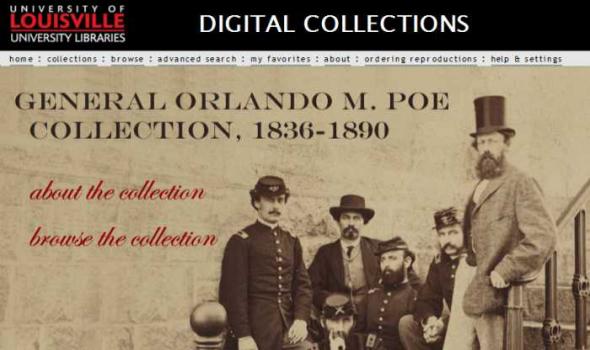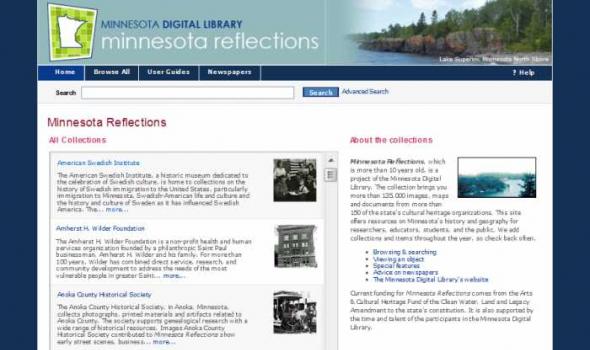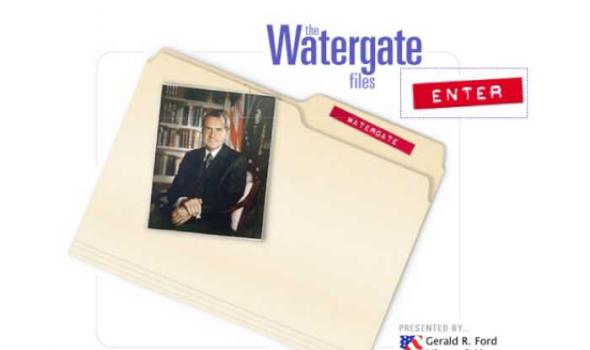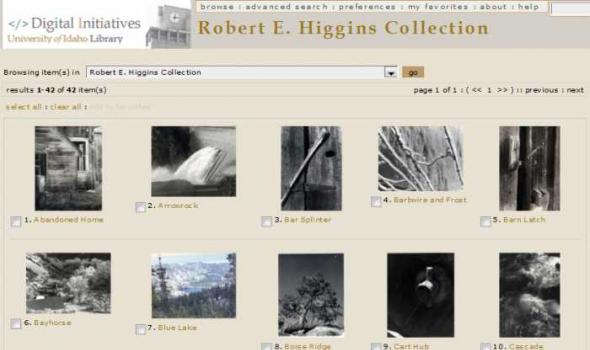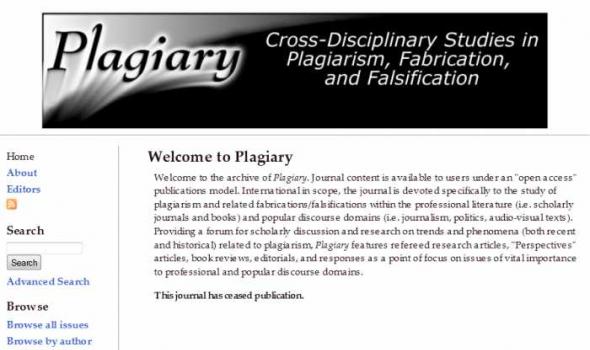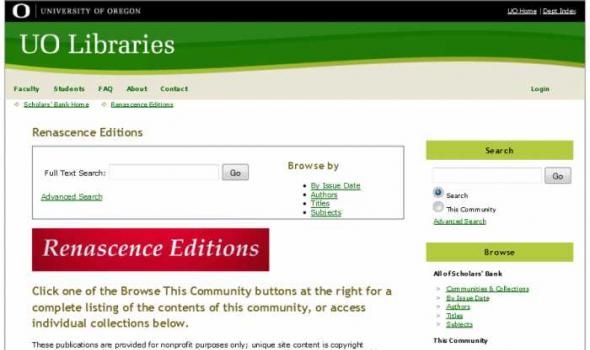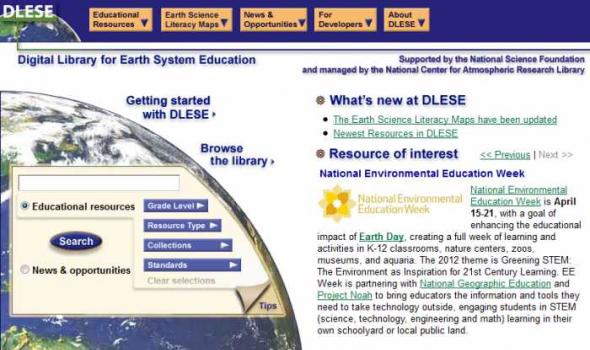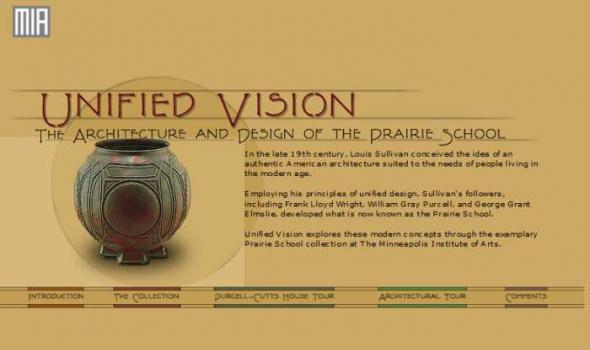Scottish history
For hundreds of years, Scots have left their homeland to set up a new life overseas.
Here we tell six stories of emigration from Scotland between the 1770s and the 1930s:
* Flora MacDonald – of 'Bonnie Prince Charlie' fame – and her husband Allan from Skye
* John and Mary Salmond from Montrose
* John and Martha Kerr from Dalry
* Peter Hastie from Edinburgh
* Alexander MacArthur from Nairn
* George Anderson from Innerleithen
* George and Jane Oliver from Hawick.
Original letters and journals
Using letters, journals, official documents, photographs and maps from the National Library of Scotland's archives, we piece together a picture of Scots abroad.
In the centuries before there were newspapers and 24-hour news channels, the general public had to rely on street literature to find out what was going on. The most popular form of this for nearly 300 years was 'broadsides' - the tabloids of their day. Sometimes pinned up on walls in houses and ale-houses, these single sheets carried public notices, news, speeches and songs that could be read (or sung) aloud.
The National Library of Scotland's online collection of nearly 1,800 broadsides lets you see for yourself what 'the word on the street' was in Scotland between 1650 and 1910. Crime, politics, romance, emigration, humour, tragedy, royalty and superstitions - all these and more are here.
Early documents relating to events of the past make essential - and fascinating - reading for anyone interested in Scottish history. But these primary sources are often not readily accessible.
Fortunately, many of these rare documents have been published by historical clubs and societies, and are available at the National Library of Scotland.
These two albums of the Edinburgh Calotype Club, the first photographic club in the world, are among the earliest photograph albums in the world ever assembled. They contain over 300 images by a group of pioneering Scottish photographers working in Edinburgh and St. Andrews.
Over the past 300 years or so, Scottish scientists have provided the world with important ideas and inventions. Many of these shape our lives today.
Science is behind many objects we take for granted, such as Alexander Graham Bell's telephone and John Logie Baird's television. It is thanks to scientists like Alexander Fleming that we now have life-saving advances in medicine.
Imagine what life would be like without the work of these, and other, pioneering Scottish scientists.
We can trace Scottish printing back to 4 April 1508.
On that date the earliest surviving dated book in Scotland was printed in Edinburgh.
Here you can read full texts of items printed on 33 of the first 38 printing presses set up in Scotland between 1508 and 1900. These have been digitised from the National Library of Scotland's collections.
They include that first dated printed book – see The Complaint of the Black Knight, printed by Chepman and Myllar.
You can also trace the geographical spread of printing in Scotland, from the first printing towns to the 'printing revolution' in the 19th century.
The only known copies of nine of the earliest books printed in Scotland are the most precious items held by the National Library of Scotland in its role as custodian of the nation’s printed heritage.
Known as ‘The Chepman & Myllar Prints’, they were produced in or about 1508 on Scotland’s first printing press, established in Edinburgh (in what is now the Cowgate) by Walter Chepman and Androw Myllar. Chepman, an Edinburgh merchant, provided the money. Myllar, an Edinburgh bookseller who had previously been involved with printing in France, brought with him experience in the book trade.
Explore almost 1,000 years of Scotland's history via the National Library of Scotland's interactive timeline. Trace events as they happened by reading the first-hand accounts of observers, from the death of St Margaret to the opening of the new Scottish Parliament. Digital facsimiles of some of the most important documents in our collections help to illustrate the story of the shaping of the Scottish nation.
This website is based on an exhibition of manuscripts and printed material held in the National Library of Scotland in the summer of 2000. It uses extracts from the book Reportage Scotland, edited by Louise Yeoman and published by Luath Press in association with NLS.
In 1603, two very different nations were brought together by the curious fact that they only had one monarch between them.
On the death of England's Queen Elizabeth I without children, the next in line to the throne was the reigning king of Scotland, King James VI. James won the backing of the English establishment as he was a Protestant, he had sons who could be king after him, and his 36-year rule in Scotland had largely been a success.
However, he was also a Scot, who spoke a different language and had a different cultural background. How would he be able to bring the two countries together?
The Mitchell Library is one of the largest public reference libraries in Europe. To make its resources more accessible, a selection of photographs and other images of the city has been digitised. This project has been partly funded by the Scottish Office Challenge Fund. These images are just a small selection from those held in Archives and Special Collections in the Mitchell Library (on Level 2) and also from the city's museums. Private owners of images have also kindly lent them for copying. The selected material is of local and historical interest, featuring Glasgow's buildings and streets as well as showing Glasgow's people going about their daily lives.
August 2003 James Maxton was one of the leading figures of the Independent Labour Party (ILP) in Glasgow and a key political figure during the Red Clydeside period. Like many of his colleagues in the ILP, Maxton was a pacifist and campaigned against Britain's involvement in the first world war and against the introduction of conscription. Maxton was imprisoned in 1916 for delivering pro-strike speeches at a demonstration to oppose the Munitions Act. Maxton was elected MP for Bridgeton in 1922 and devoted much of his political life to alleviating poverty within the city of Glasgow. Maxton attempted on several occasions to steer the Parliamentary Labour Party in the direction of a strictly socialist programme of policies.
These books have been digitised and converted to web format at the Centre for Digital Library Research . Research is continuing into ebook development and indexing, partly funded by the University of Strathclyde Research and Development Fund.
